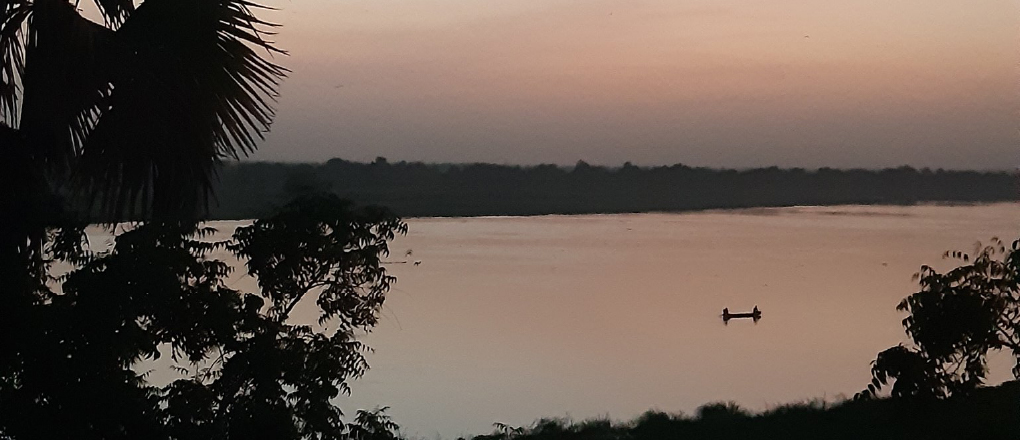
Culture
Africans, Europeans, non-Europeans, Metis, all different but united in the same love for the hospitality and tradition of the country. Where the Tower of Babel is, Chad is a land of diversity: culture and folklore inherited from the ancient traditions are still alive.
Chad is a treasure trove of secret charms, outstanding natural beauty and pure and authentic folklore. Variety and complementarity, beauty and nobility, myths and traditions, are actually the characteristics that best characterize Chadian culture. It is distinguished by its wealth. The different ethnic groups that make up the national entity each have a lifestyle, tradition, folklore and crafts.
This makes the charm and uniqueness of the tourist attraction of Chadian culture and one of the richest in Africa. The handicrafts are often decorated especially for each region. Music as dance is everywhere, it is the rhythm of the cultural life of the country. Traditional ceremonies are rich in color and ritual objects, masks and statues are everywhere on these occasions.


